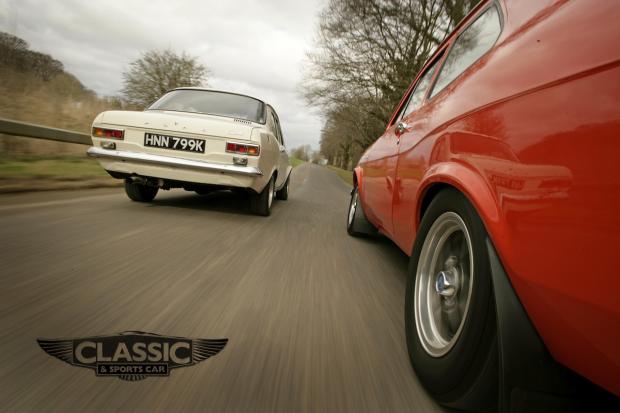
Bury your right foot and the rich, distinctive induction note evolves into an addictive twin-cam scream. Suddenly you’re Roger Clark, thrashing his mud-spattered Ford through the misty Welsh forests on his way to adding another RAC trophy to the Escort’s cabinet. Few cars command as much affection among rally fans as Ford’s Twin Cam Escort and its BDA-engined successor, the RS1600. And it’s easy to see why: these unassuming saloons packed enough punch in their day to propel Ford’s Competitions Dept to the top of its game, with Mk1 Escorts bringing home two World Rally Manufacturers’ Championships and racking up a string of international victories for such legends as Clark, Hannu Mikkola and Timo Mäkinen. Its success was enough to kick-start Ford’s famous Advanced Vehicle Operations plant and Rallye Sport performance dynasty.
It was the wolf-in-sheep’s-clothing effect of slotting a potent engine into the ubiquitous small saloon that fuelled the public devotion for fast Fords and the marque rapidly developed a reputation for giving run-of-the-mill cars a serious dose of zing. The roots of this formula lie in the Lotus Cortina and it survives to this day in the recently launched 296bhp Focus RS.

Back to 1967 and the ‘Blimey’ car, as the Twin Cam was nicknamed, was taking shape. When Ford motor sport engineer Bill Meade saw an Escort prototype being tested, he blurted out: “Blimey, one of those things would go like hell with a Twin Cam in it.” Given the phenomenal Touring Car success of the Lotus Cortina in the hands of Jim Clark and others, the performance advantages of Lotus power were obvious. And with an Escort weighing around 300lb less than a Cortina, it was bound to be a weapon of note.













